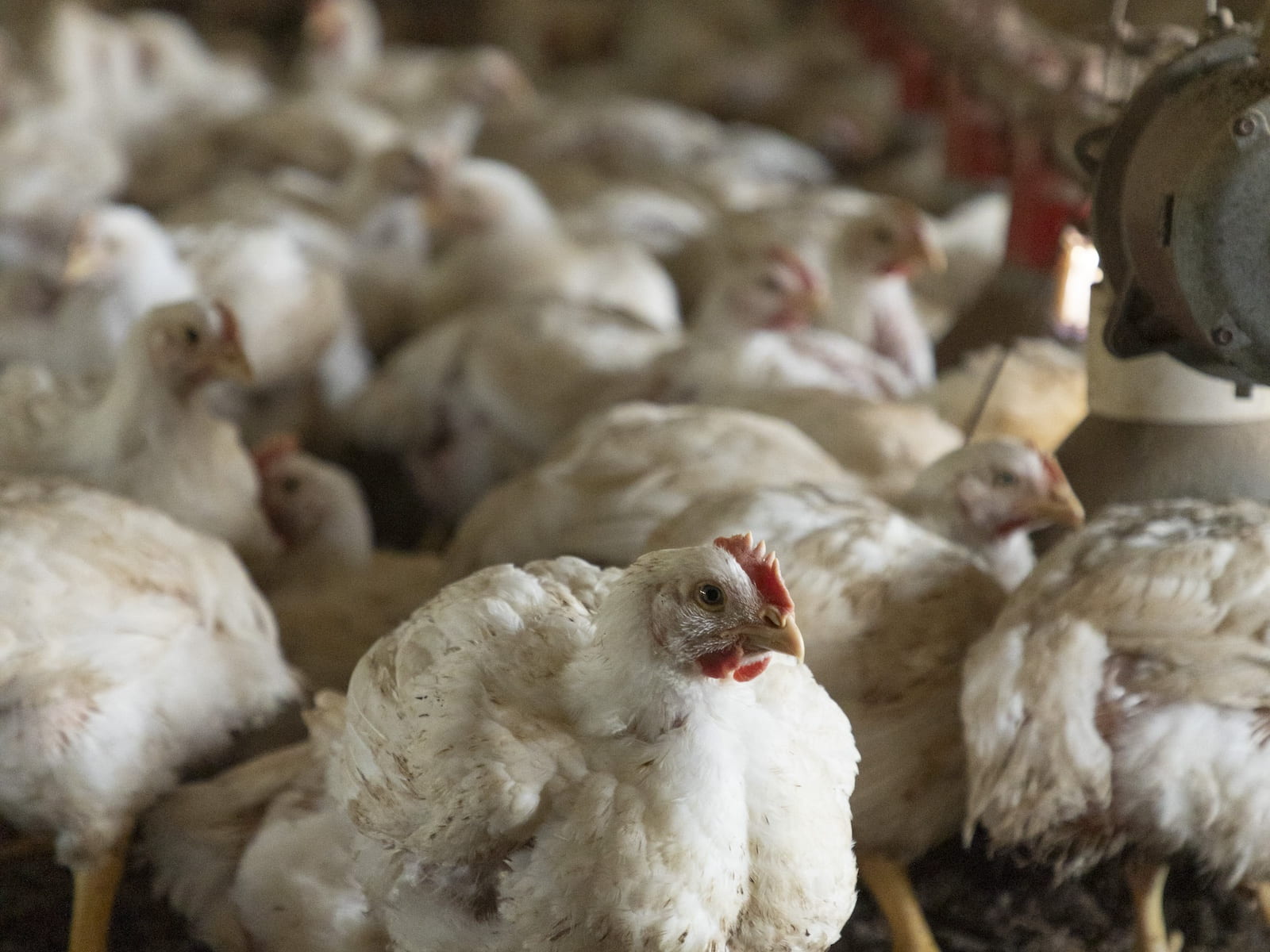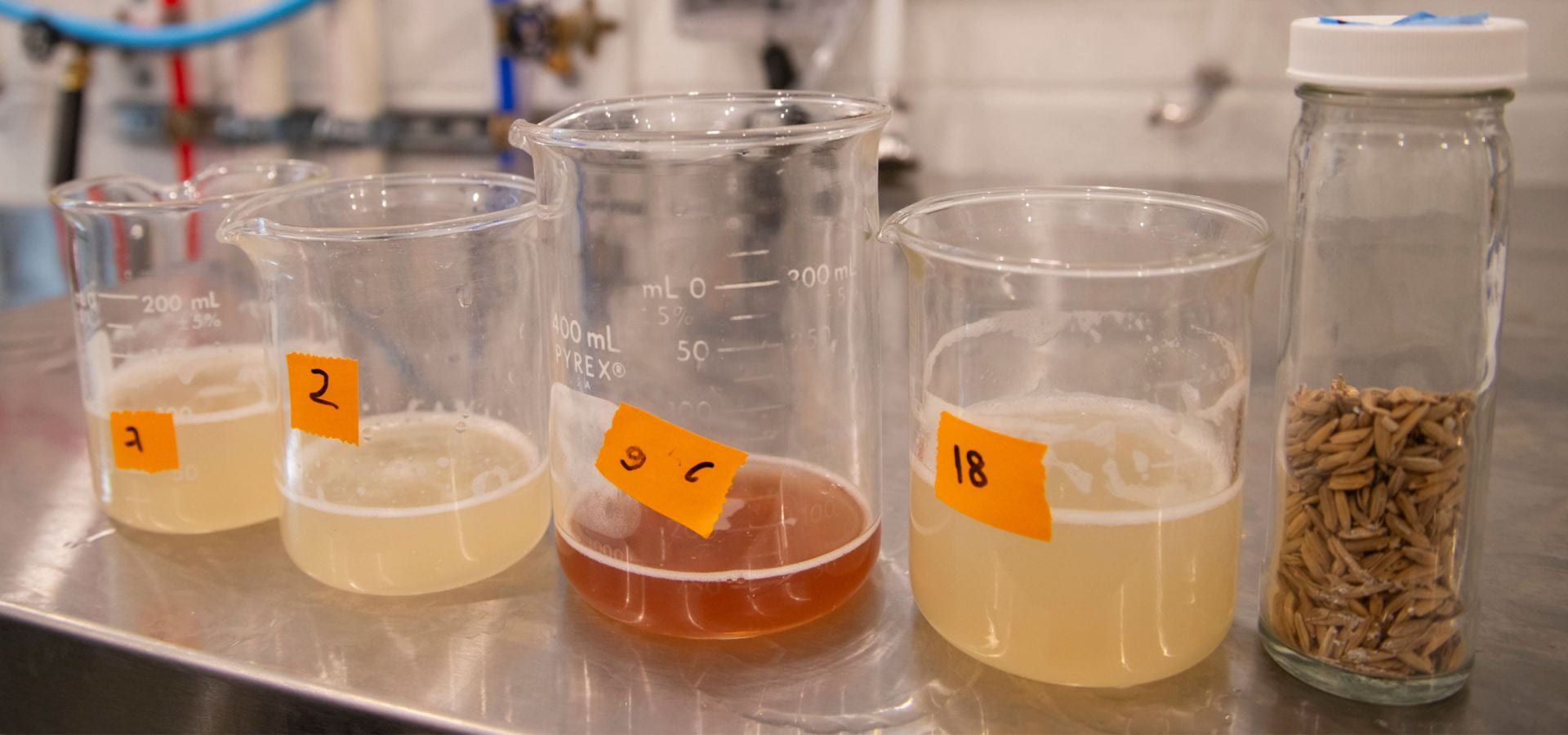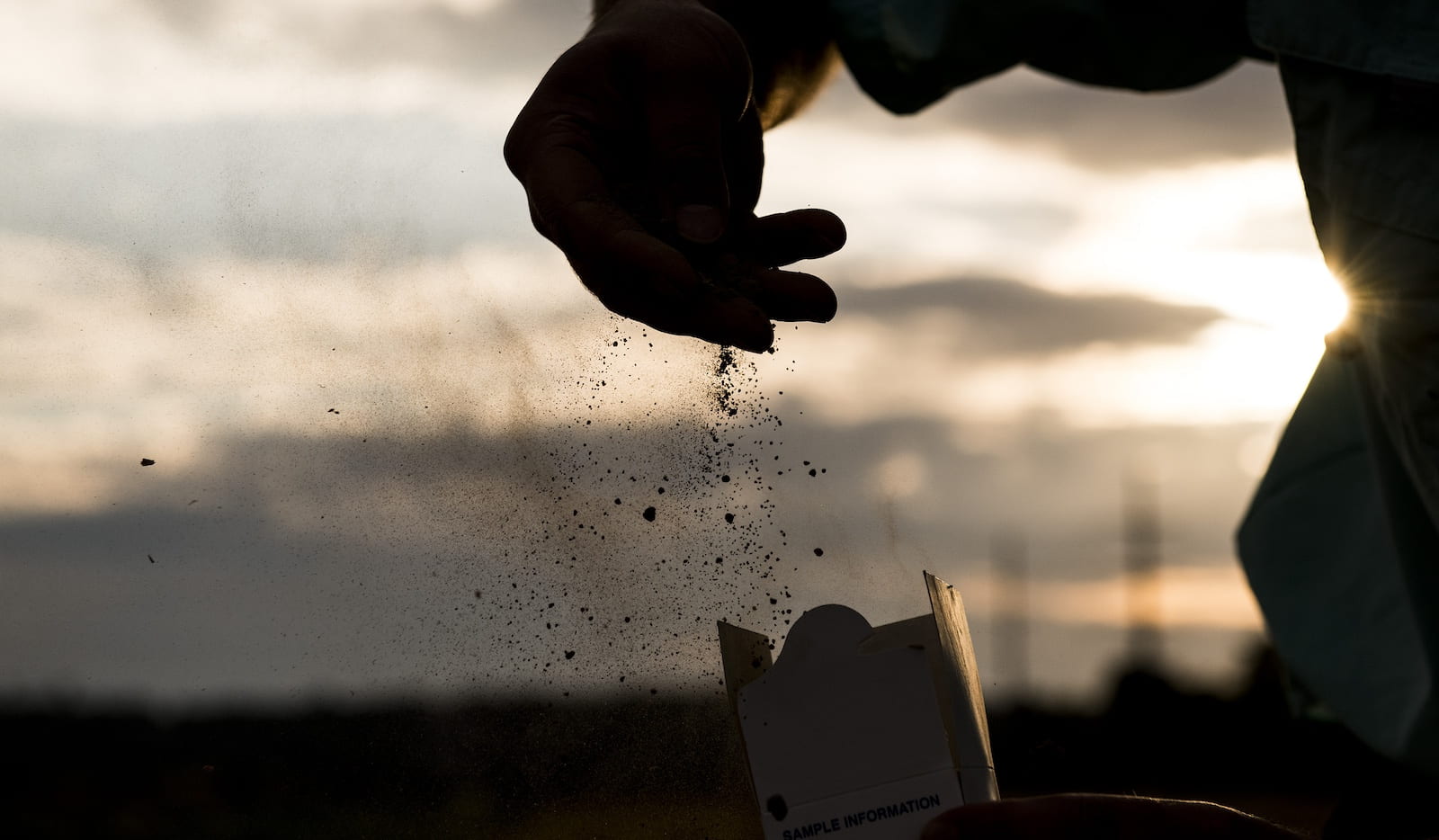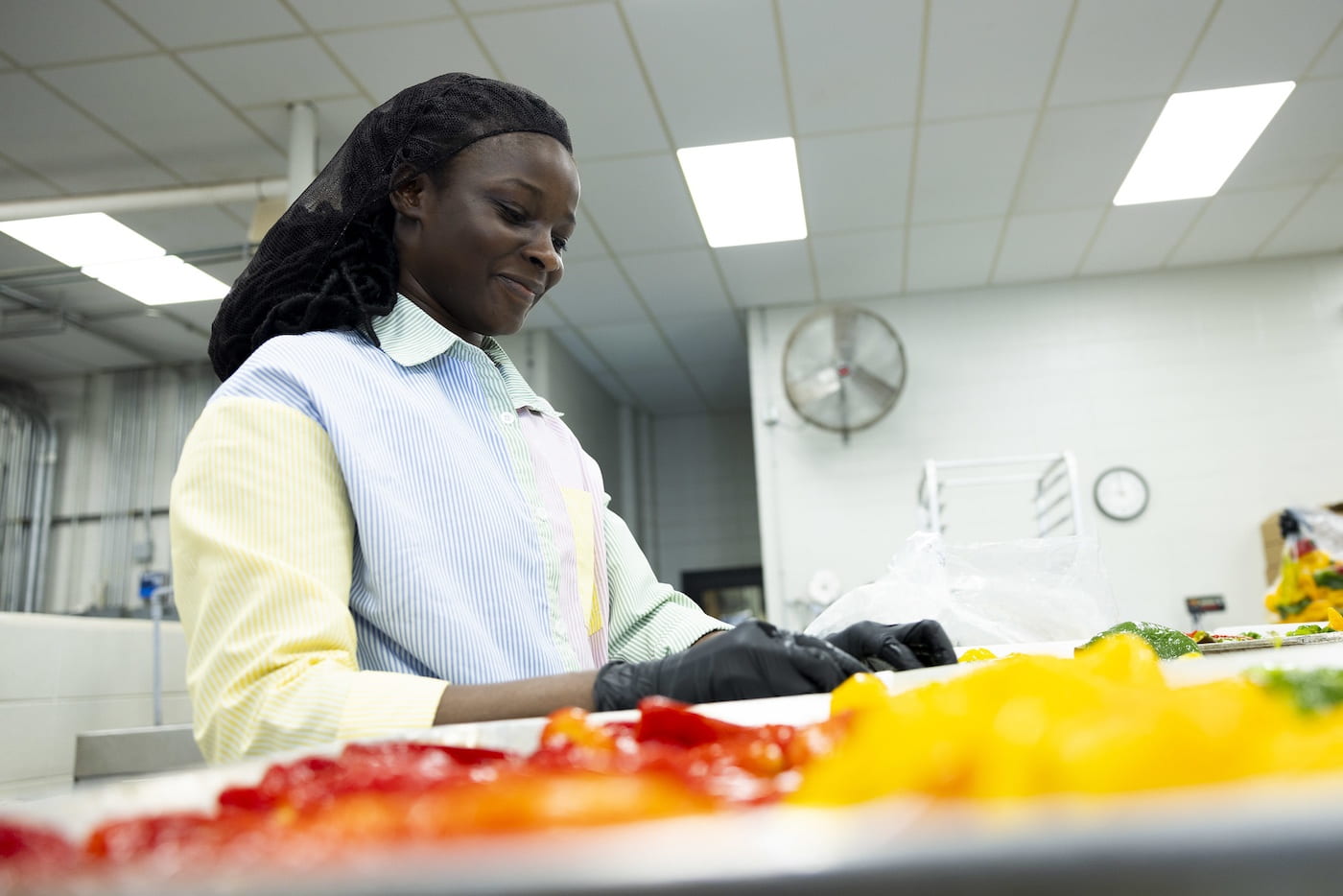Arkansas Plant Virologist Consults on Clean Plant Program of India to Improve Nation’s Agriculture
Arkansas plant virologist Ioannis Tzanetakis serves as consultant on Indian project
By John Lovett – Feb. 27, 2024

FAYETTEVILLE, Ark. — India is the second-largest producer of fruits and vegetables in the world, but its lack of disease-free propagation material limits its yield potential, says Ioannis Tzanetakis, director of the Arkansas Clean Plant Center.
Tzanetakis was recruited by the Asian Development Bank to serve as a consultant on a $200 million project called the Clean Plant Program of India to establish 10 clean plant centers in India over the next seven years. The program aims to improve farmers’ access to certified disease-free planting materials to boost yields, crop quality and long-term climate resilience.
“If this project lands right, the increase in yield will be as high as 500 percent in some crops,” Tzanetakis said. “India is a lower-middle-income country, and we’re doing something that will make a difference.”
In addition to his role leading the Arkansas Clean Plant Center, Tzanetakis is also a professor of plant virology for the Arkansas Agricultural Experiment Station, the research arm of the University of Arkansas System Division of Agriculture.
“Ioannis is recognized internationally as a leading virologist and his experience with the National Clean Plant Network and the Arkansas Center will be valuable in establishing similar systems in India,” said Jean-François Meullenet, director of the experiment station and senior associate vice president for agriculture-research. “I think it is great to see that the experiment station could play a role in helping subsistence farmers in India improve their specialty crop production.”
Tzanetakis has been director of the Arkansas Clean Plant Center since it was established in 2011. He is one of two U.S.-based project consultants for the Indian project and his focus is on virology. Another U.S.-based consultant works on nursery certification. Currently, Tzanetakis said they are running what is called a “hazard analysis” to identify pathogens of concern for guidelines on best management practices.
“India does not have much data about the pathogens that affect the India Clean Plant Program crops,” Tzanetakis said.
The Asian Development Bank — headquartered in Manila, Philippines — was established in 1966 to “eradicate extreme poverty” in Asia and the Pacific. The bank provides loans, technical assistance, grants and equity investments to promote social and economic development, its website states. According to its website, the bank had $20.5 billion in total operations commitments as of 2022. And despite the Asian and Pacific global region’s successes, 263 million people live on less than $1.90 a day and 1.1 billion on less than $3.20 a day, the website adds.
The Arkansas Clean Plant Center is part of the National Clean Plant Network, which is funded by the U.S. Department of Agriculture to house foundation material, conduct diagnostics and virus clean-up for breeding programs. The National Clean Plant Network was created to protect U.S. specialty crops propagated by cloning, including fruits, sweet potatoes, hops and roses, from the spread of economically harmful plant diseases. It includes scientists, educators, state and federal regulators, nurseries and growers that work together to make sure plant material is free from viruses and other systemic pathogens and available to growers.
“The National Clean Plant Network Centers have achieved remarkable success in safeguarding our agriculture, ensuring that emerging diseases are confined to local incidents rather than spreading widely through the movement of propagation material,” Tzanetakis said.
Why it matters
The United States is India’s largest trading partner and “most important export market,” according to a U.S. Department of State bilateral relations fact sheet. And with more than 1.4 billion people, India overtook China as the world’s most populous country in 2023, according to the United Nations Department of Economic and Social Affairs.
Preliminary target crops of the Clean Plant Program of India include almond, apple, avocado, berries, citrus, grapes, guava, litchi, mango, pomegranate and walnut.
Other goals include:
- Improve institutional and regulatory frameworks to operate the clean plant program for horticulture.
- Develop clean plant centers that maintain disease-free foundation materials that will be later propagated by accredited nurseries.
- Increase propagation of disease-free planting materials under the certification scheme by accrediting private nurseries and testing and certifying their planting materials.
Tzanetakis meets with his Clean Plant Program of India team members virtually as needed, about a couple of times per month, and his next visit to India for the project will be this spring.
Over the last six years, India’s agriculture sector grew at an annual rate of 4.6 percent, mainly from the livestock, fishing and horticulture subsectors, according to the Indian Ministry of Finance 2022-2023 economic survey.
While disease-free plants are a significant factor in yield potential, several other factors mentioned in the project summary include irrigation infrastructure and water access, post-harvest losses, lack of storage facilities in farming communities, limited access to rural financing, understanding of market demand, and the changing ecological environment.
To learn more about Division of Agriculture research, visit the Arkansas Agricultural Experiment Station website: https://aaes.uada.edu. Follow us on 𝕏 at @ArkAgResearch and Instagram at @ArkAgResearch.
To learn about Extension Programs in Arkansas, contact your local Cooperative Extension Service agent or visit https://uaex.uada.edu/. Follow us on 𝕏 at @AR_Extension.
To learn more about the Division of Agriculture, visit https://uada.edu/. Follow us on 𝕏 at @AgInArk.
About the Division of Agriculture
The University of Arkansas System Division of Agriculture’s mission is to strengthen agriculture, communities, and families by connecting trusted research to the adoption of best practices. Through the Agricultural Experiment Station and the Cooperative Extension Service, the Division of Agriculture conducts research and extension work within the nation’s historic land grant education system.
The Division of Agriculture is one of 20 entities within the University of Arkansas System. It has offices in all 75 counties in Arkansas and faculty on five system campuses.
The University of Arkansas System Division of Agriculture offers all its Extension and Research programs and services without regard to race, color, sex, gender identity, sexual orientation, national origin, religion, age, disability, marital or veteran status, genetic information, or any other legally protected status, and is an Affirmative Action/Equal Opportunity Employer.




